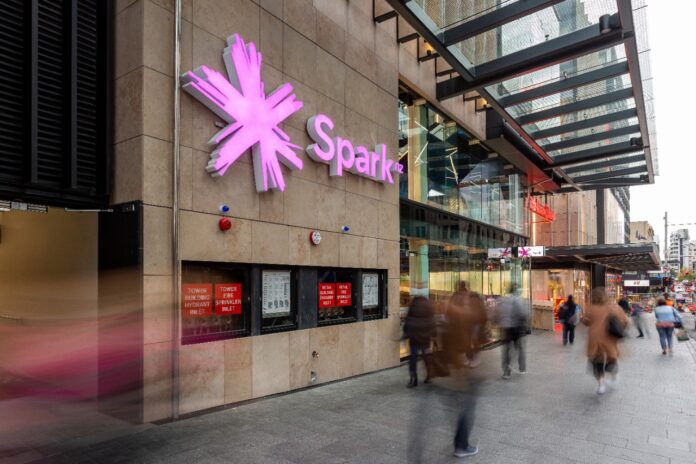Spark noted that the 5G private network, supported by Ericsson, enables real-time communication in a complex warehouse environment
In sum – what you need to know:
Spark, Air NZ deploy 5G for logistics – New Zealand’s first private 5G network powers a trial at Auckland Airport, enabling drones and robots to automate warehouse stocktakes with real-time data and precision.
Safer, smarter inventory control – The AI-powered system replaces biannual manual counts, boosts accuracy and eliminates risks from high-shelf scanning by staff, significantly improving operational safety and efficiency.
Digital twin and vision tech ahead – Spark and Air New Zealand are exploring 5G-connected cameras for PPE monitoring and digital twin simulations to further optimize warehouse operations and worker safety.
New Zealand telco Spark and Air New Zealand have partnered to launch what it claims to be the country’s first private 5G network for the enterprise market, the former said in a release.
The private network was deployed to bring high-speed, low-latency connectivity to the airline’s logistics warehouse at Auckland Airport. The initiative supports a major trial that uses a drone tethered to an autonomous ground robot to carry out daily stocktakes, replacing traditional, manual processes previously done just twice a year.
The 5G network, powered by Ericsson’s private 5G platform, enables real-time communication in a complex warehouse environment, where high shelving units and narrow aisles typically challenge WiFi connectivity, explained Spark.
The solution being trialed features Captis, an autonomous mobile robot (AMR) with an integrated drone, developed by Cypher Robotics, a Canadian technology company. Captis is designed to scan barcodes on warehouse inventory while moving through aisles and transmitting real-time data through an app, enabling daily stock visibility. This significantly improves inventory accuracy and speeds up decision-making, reducing the need for physical, manual audits, the carrier added.
Air New Zealand’s warehouse handles thousands of items ranging from aircraft parts to passenger amenities like headphones and blankets. Previously, the process of counting and checking stock was conducted manually, twice per year — a labor-intensive and time-consuming task. By automating stocktakes, the solution enables faster insights, enhances productivity and improves space optimization.
Spark highlighted the benefits of the deployment in terms of increased safety. Stocktaking often required staff to climb heights of up to 15 meters to scan items on high shelves. With the robot-drone system now handling this, the risk of falls or injury is greatly reduced.
Nikhil Ravishankar, Air New Zealand’s chief digital officer, said: “Air New Zealand is always looking for innovative ways to improve operational efficiency and deliver smarter, safer and more seamless experiences for our people and customers. Partnering with Spark to launch New Zealand’s first private 5G network for business is a demonstration of that commitment.”
Beyond inventory management, Spark and Air New Zealand are also exploring computer vision applications powered by private 5G. One such potential use case involves 5G-connected cameras that monitor whether workers are wearing PPE (personal protective equipment) near active vehicles like forklifts. Footage is analyzed in real time using AI, enhancing safety protocols within industrial environments.
Mark Beder, Spark’s customer director of enterprise and government, said: “At the heart of our strategy is the goal of helping our business customers tackle complex challenges through technology,”
He added: “This isn’t just an airline issue — businesses across various industries with intricate supply chains stand to gain from increased automation, which can boost productivity, enhance customer experiences and create safer working environments.
Looking ahead, the data gathered by the drone-robot system could also power a digital twin of the warehouse. By mirroring the physical space in real time, Air New Zealand could simulate scenarios, optimize layout changes and predict maintenance needs, further transforming operations, according to Spark.
In September 2024, Spark New Zealand had chosen Nokia as its “majority supplier” for the expansion of its existing 4G and 5G program in cities across New Zealand. The carrier will use equipment from the vendor’s 5G AirScale portfolio, including baseband, remote radio heads and massive MIMO radios at more than 700 sites.

